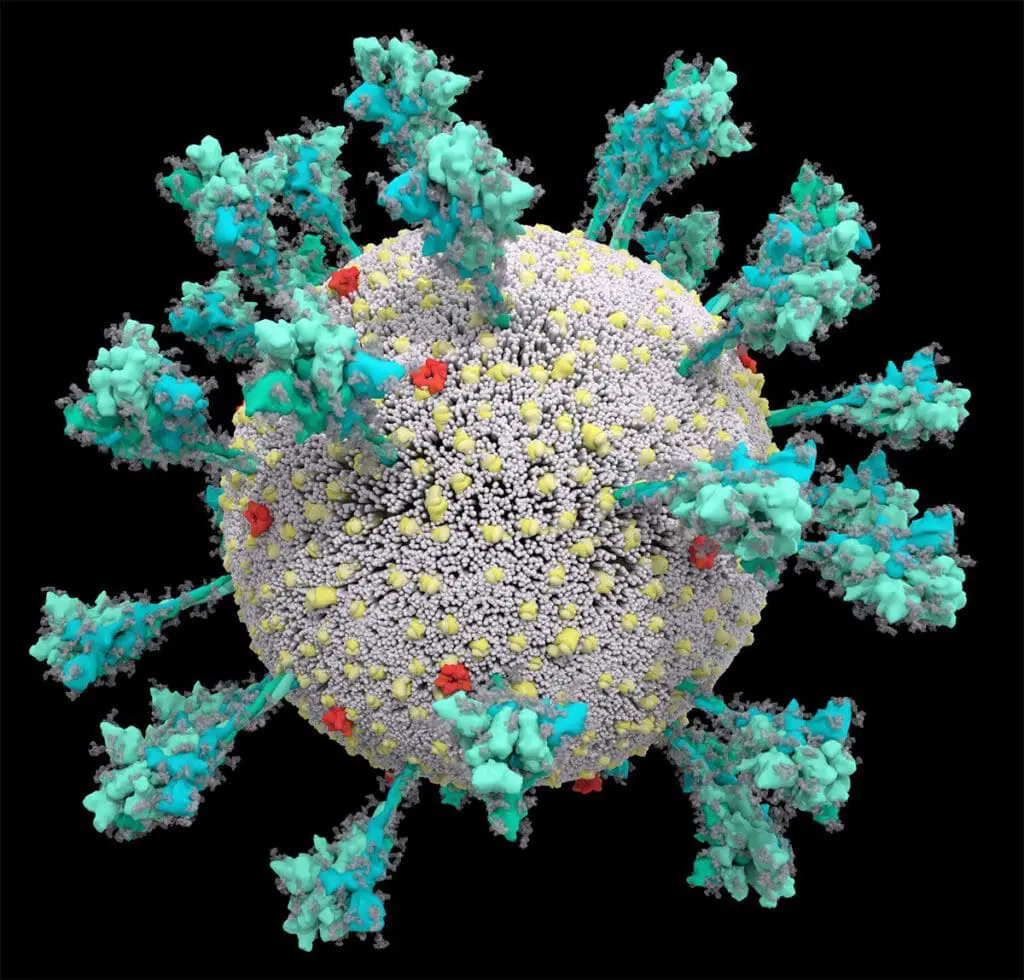This post is based on a fascinating article from the July 29, 2021 issue of Nature.

I like to say I studied molecular biology back in the Dark Ages, aka the 1970s. At the time what I was taught was cutting-edge, representing the beginning of insights into how the laws of physics and chemistry produced life.
But it was the Dark Ages because, compared to today, we knew very little. I suspect the same statement will hold true 40+ years from now, too. The mechanisms of life (and thought) are simultaneously intricate and sublime.
This was really driven home for me by a recent article in Nature detailing what we’ve learned about how Covid-19 infects us. Not just because of what we’ve learned. But because we learned it so fast, in less than a couple of years. Had this sucker hit us back in the 1970s we would still be stumbling around in the dark, knowing little more than “here’s this virus that makes us sick and kills us”. We didn’t have the tools to build the tools to build the tools we’ve used to tear apart this little bastard’s life-cycle.

What struck me the most is how the virus takes over a cell’s essential machinery. To a first approximation everything in living systems is mediated by the interaction of proteins, which build, disassemble, modify things, trigger and respond to messages between cells and groups of cells, etc. Proteins are built by specialized structures, ribosomes, which translate messenger RNA sequences into the string of amino acids that make up a protein. Messenger RNA is created by reading a DNA sequence and building a corresponding RNA sequence. Overall, the process is DNA to (messenger) RNA to proteins to life.
The Covid-19 virus stores its information in RNA, not DNA. I’d always thought RNA viruses took over a cell by “reverse translating” themselves into DNA and then inserting themselves into the cell’s own DNA. There are proteins, enzymes, which can do that, although it’s pretty rare.
It turns out Covid-19’s approach is simpler, and more clever. First, it produces a protein (using the cell’s own ribosomes) which modifies the cell’s own “messenger RNA disposal system” — the cell needs some way to stop manufacturing any given protein — so it destroys any messenger RNA lacking a particular chemical tag. Which the viral RNAs happen to have.
Next, it creates proteins which block the passages between the nucleus — where the cell’s DNA is stored — and the rest of the cell, preventing normal messenger RNAs from getting out to be transcribed into proteins. In effect, it cuts the “brain” — the nucleus — off from the “body” — the rest of the cell — so it can turn the cell into a zombie virus factory.
For good measure the virus also curtails the functionality of the cell’s ribosomes — after it’s gotten its own proteins made — so the cell has a much harder time fighting back by starting up viral attack mechanisms. That doesn’t stop viral reproduction — proteins are catalytic, meaning they can keep doing their thing endlessly, without using themselves up, so long as the necessary raw materials exist.
Remember, we’re talking here about events at the molecular level. This isn’t stuff you can look at with the naked eye, even under a powerful microscope, and watch unfold. The fact we could divine all this, so quickly, is nothing sort of astounding. As was our ability to develop useful vaccines so quickly.
Truly a remarkable example of the power of critical thinking, and the value, to each and every one of us, of the long-term commitment of time and effort to understand the world. So the next time you hear someone complain about “all the taxpayer dollars wasted on research” remember that you or someone you love might be dead without that “waste”.
Here’s a link to the Nature article for those interested in a deeper dive:
How-the-Coronavirus-Infects-Our-Cells-Nature-2021-7-29














































1 thought on “How the Coronavirus Infects”
Thanks Mark! A very digestible summary of a really complex process.